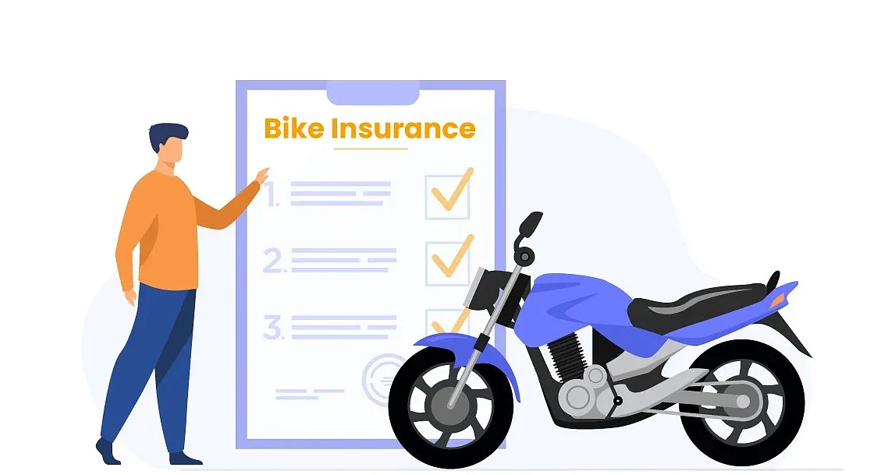In an era defined by growing environmental concerns and the relentless pursuit of fuel efficiency, the role of seemingly mundane factors cannot be underestimated. Among these factors, proper tire pressure stands out as a crucial element in achieving both fuel efficiency and environmental sustainability. The way we maintain our vehicle’s tire pressure has a significant impact on not only our wallets but also the health of our planet. For more information about proper tire pressure and its impact on fuel efficiency, visit the Guta official website.
Understanding Tire Pressure
Tire pressure, often overlooked, plays a pivotal role in the overall performance of a vehicle. It refers to the amount of air within a tire, measured in pounds per square inch (psi). This seemingly simple concept holds immense significance, as it directly influences the tire’s contact with the road, stability, and overall fuel efficiency. Manufacturers provide recommended tire pressure specifications, carefully calculated for optimal performance.
Factors such as temperature, load, and time also contribute to fluctuations in tire pressure. As temperatures rise or drop, the air inside the tire expands or contracts, affecting the pressure. Similarly, carrying heavier loads can cause tires to compress, leading to decreased pressure. Over time, even well-maintained tires can experience slow leaks, further emphasizing the need for regular pressure checks.

Fuel Efficiency and Tire Pressure
The intricate relationship between tire pressure and fuel efficiency lies in the concept of rolling resistance. Rolling resistance is the force that opposes the motion of a tire as it moves along the road. Underinflated tires have higher rolling resistance, requiring more energy to move and thus consuming more fuel. According to studies, maintaining proper tire pressure can improve fuel efficiency by up to 3%.
On the flip side, overinflated tires may seem like a remedy to reduce rolling resistance, but this approach comes with its own set of issues. Overinflation can lead to a harsher ride, uneven tire wear, and reduced traction, particularly on wet or slippery surfaces. Striking the right balance is essential to reap the benefits of improved fuel economy without compromising safety and performance.
Environmental Sustainability
The impact of proper tire pressure extends beyond personal savings at the pump; it has a far-reaching effect on environmental sustainability. One of the key environmental challenges of our time is the increasing emission of greenhouse gases. Vehicles are significant contributors to these emissions. By maintaining proper tire pressure and thereby reducing fuel consumption, we can collectively reduce the carbon footprint of the transportation sector.
The correlation between fuel efficiency and air quality further underscores the importance of tire pressure. Vehicles with optimal tire pressure emit fewer pollutants into the atmosphere, which directly translates into better air quality. Cleaner air is not only beneficial for the environment but also for public health, leading to a healthier and more sustainable future.
Economic Benefits
The economic advantages of maintaining proper tire pressure are tangible and impactful. Improved fuel efficiency means fewer trips to the gas station and more money saved over time. For businesses that operate fleets of vehicles, the cumulative savings can be substantial. Additionally, proper tire pressure contributes to extending the lifespan of tires, reducing the frequency of replacements and maintenance expenses.
For industries reliant on transportation, such as shipping and logistics, the financial implications are significant. Reduced fuel consumption translates to lower operational costs, which can be reinvested in more sustainable practices or passed on to consumers.
Safety Considerations
While the focus has largely been on fuel efficiency and environmental impact, safety remains an integral part of the tire pressure equation. Proper tire pressure directly influences a vehicle’s handling and braking performance. Underinflated tires can compromise a driver’s ability to maintain control, especially in emergency situations. Moreover, overinflated tires reduce the contact patch with the road, diminishing traction and stability.
Addressing common misconceptions is crucial. Some drivers believe that overinflating tires enhances their safety, but this notion is unfounded. The key lies in striking the right balance and adhering to manufacturer specifications to ensure optimal performance and safety.
Best Practices for Maintaining Proper Tire Pressure
Ensuring proper tire pressure is not a one-time task; it requires consistent attention. Regular tire pressure checks, ideally on a monthly basis, are essential. Simple tools like reliable tire pressure gauges can aid in accurate measurements. As technology advances, some vehicles now come equipped with tire pressure monitoring systems (TPMS) that provide real-time information, further simplifying maintenance.
Adhering to manufacturer guidelines and recommendations is crucial. These specifications are carefully calibrated to provide the best balance between fuel efficiency, performance, and safety. Neglecting these guidelines can lead to unintended consequences, offsetting any potential benefits.
Public Awareness and Education
Recognizing the importance of proper tire pressure, governments and organizations are taking steps to promote public awareness. Initiatives are being launched to educate drivers about the impact of tire pressure on fuel efficiency and the environment. Collaborative efforts between the automotive industry and environmental organizations are further driving this message home.
The responsibility also lies with individual drivers to educate themselves and others. By understanding the implications of tire pressure, we can collectively contribute to a more sustainable future.
Future Trends and Innovations
Looking ahead, technology is set to play an even more significant role in tire pressure management. Integrated tire pressure monitoring systems are becoming standard features in modern vehicles, providing real-time data to drivers. This not only simplifies maintenance but also ensures that optimal tire pressure is maintained at all times.
Sustainable tire design and manufacturing practices are also on the horizon. Researchers are exploring innovative materials and construction techniques to create tires that offer improved fuel efficiency without compromising safety or performance.
Conclusion
In the grand scheme of things, the impact of proper tire pressure on fuel efficiency and environmental sustainability is undeniable. From personal savings to global efforts in combating climate change, maintaining optimal tire pressure is a small but powerful step we can all take. The journey toward a greener future starts with recognizing the importance of this often-overlooked factor and making a conscious effort to keep our tires properly inflated. As individuals, businesses, and policymakers, we all have a role to play in driving positive change, one properly inflated tire at a time.







